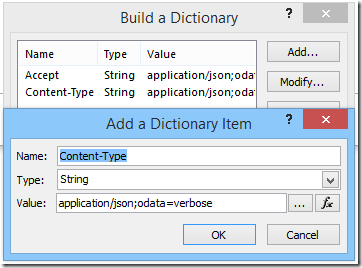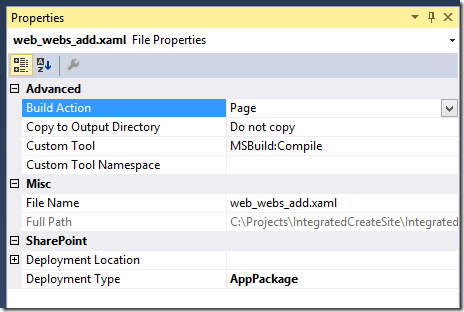Feb 2015 CU SP2013: Workflow CurrentSiteUrl is fixed
/
http://support.microsoft.com/KB/2920804
Assume that you create a SharePoint 2013 workflow by using SharePoint Designer 2013, and that the workflow contains an action that retrieves data from the "Current Site URL" field in the "Workflow Context" data source. When you run the workflow, the value retrieved from the "Current Site URL" field is missing a forward slash ("/") at the end of the URL.
A few months ago, Microsoft released an update to SharePoint 2013, and it broke many SharePoint Designer Workflows.
If you use the new capabilities in SharePoint 2013 to call REST services, it is very common to concatenate the URL using a combination of the Current Site Url as well as the api/ path.
"http://server/site/" + "_api/web/lists/getbytitle('Announcements')"
The problem is that Microsoft removed the trailing / in the Current Site Url. This broke many REST calls.
"http://server/site" + "_api/web/lists/getbytitle('Announcements')"
Is no longer valid. The fix is to reopen all your workflows that are showing this problem, and add a preceding / before _api. Like this:
"http://server/site" + "/_api/web/lists/getbytitle('Announcements')"
Now, with the February 2015 patch, Microsoft is fixing the workflow action again. Guess what.
"http://server/site/" + "/_api/web/lists/getbytitle('Announcements')"
I think this looks dirty
Technically, your workflow probably won't break over this.
"http://server/site//_api/web/lists/getbytitle('Announcements')"
Should return you the same values as
"http://server/site/_api/web/lists/getbytitle('Announcements')"
But it looks terrible.














